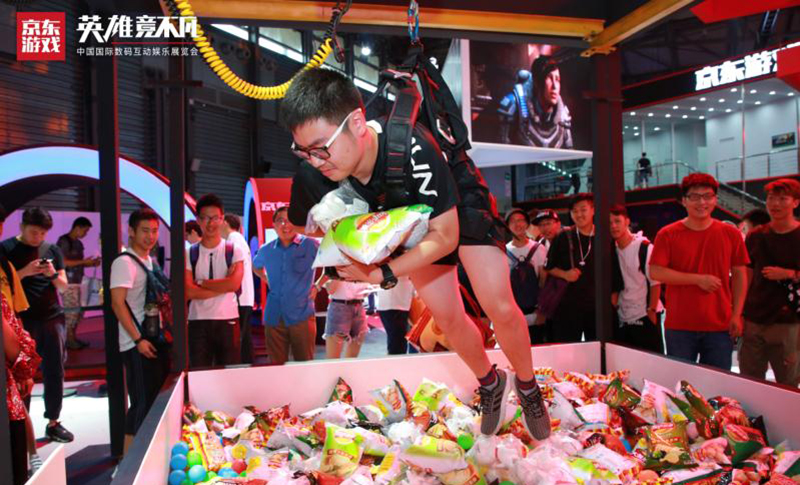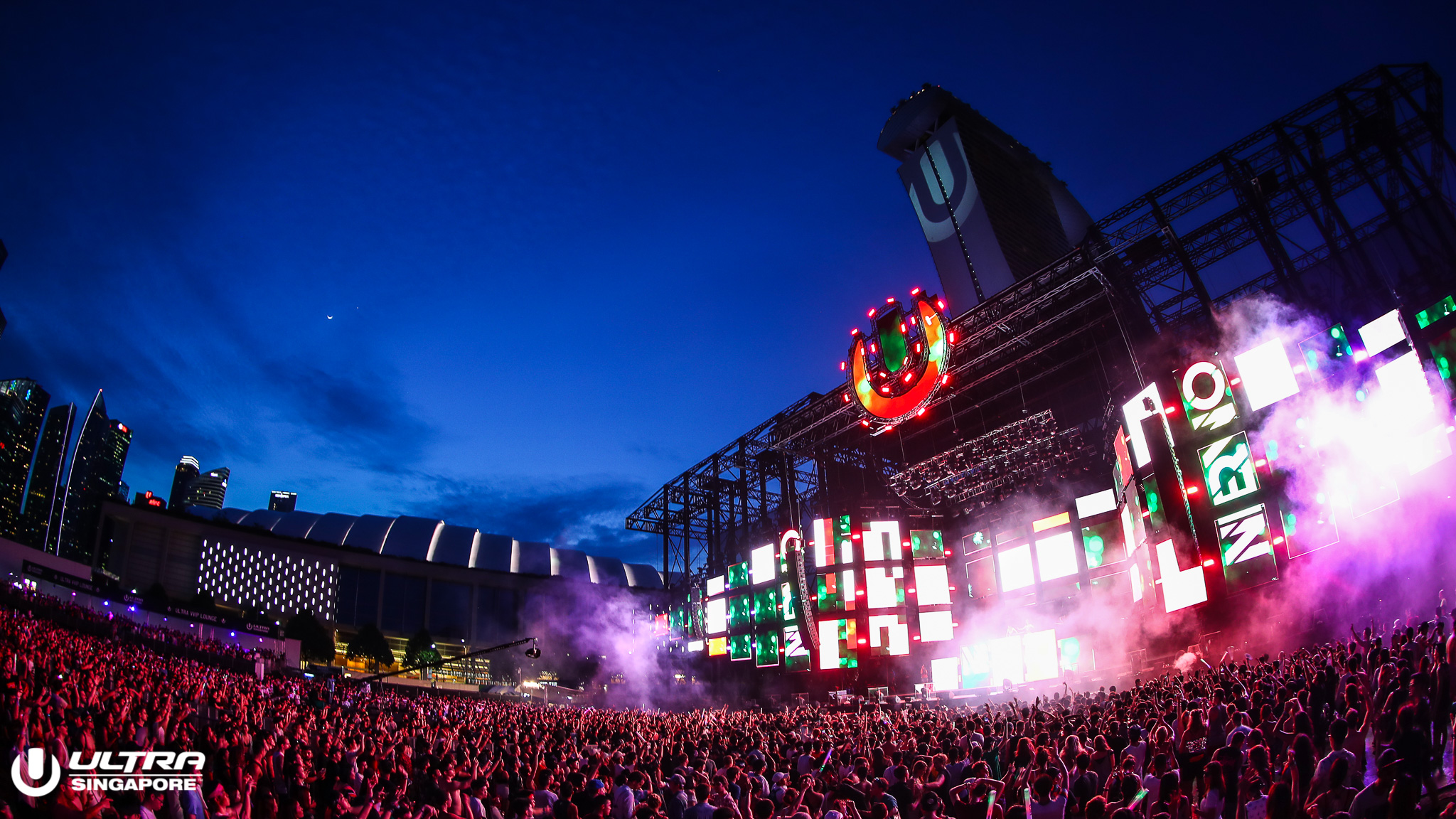How festivalisation is influencing event planning
Engagement is everything and event professionals are scrambling to find ways to connect with attendees by creating an environment where people want to be. Borrowing elements from music festivals like Glastonbury or Clockenflap or fan festivals like Comic-Con, we are now seeing live music, comedy, celebrities, fantastic food and interactive experiences in conferences, forums, trade shows and more.
Festivalisation means more than just simply adding carnival-type elements to an event – the goal is to include experiences that resonate with and appeal to the target audience in order to get them engaged.
Making and keeping a personal connection
The essence of festivalisation is to create an event that the audience wants to attend. That’s why an event which targets specific groups or fans of a particular genre is naturally more personal for the delegates – the interactions and engagement points are strongly related to their interests. In turn, this makes all of the event’s touch points – whether a keynote speech or an engaging activation – more positive and memorable. Crucially, if done well, these fans will evangelise about the event, bringing in new fans and returning again and again.
The gaming and e-sports sector is famous for hosting big-ticket festivalised events, and looking at events like ChinaJoy – an annual digital entertainment expo in Shanghai – can provide a possible road map for other sectors. In the B2C section of ChinaJoy, exhibiting companies interact directly with their consumers, who are drawn from a tremendously diverse and enthusiastic demographic. Here, fans of e-sports, gaming, Augmented Reality (AR) and Virtual Reality (VR), wearable tech, anime and more all mix together, engage and contribute to an unforgettable experience.
Pico gained first-hand experience of this phenomenon when we activated a massive booth and created a programme of interactive events for JD Game+ at this year’s ChinaJoy.
Visitors circulated through six distinct zones, each of which offered a different mix of activities, entertainment and products. The main stage hosted cosplay competitions and interactive games, fan meetings with e-sports stars and a high-profile competition between famous e-sports teams. Other parts of the booth offered a VR game experience zone and a life-size ‘grabber’ machine which saw visitors strap in and grab as many snacks as possible. What could be more fun and engaging than that?


Its sheer size and growth figures point to the increasing success of ChinaJoy – the 2018 event drew in 350,000 people, 10,000+ more than the 2017 edition.
Sharing engagement with a wider audience
Ultra Music Festival is another instructive example of festivalisation. It was once a fiesta for a niche group of die-hard electronic music fans – has been spreading its wings over the past decades and is now a true global phenomenon.
In this year’s Ultra Singapore , apart from lining up world famous DJs and electronic music artists and producing a stunning environment for fans, all kinds of interactive brand engagement activities were found around the venue, offering more points of interaction which attracted and engaged a wider audience, i.e. new fans.

By utilising social media to amplify the buzz for this event and broadcast the performances, the two-day event welcomed 42,000 festival-goers and gained over 2.3 million unique views of the festival’s live-stream on YouTube. 28% of the event attendees were from outside Singapore and 70% of these tourists cited social media and online presence as their source of awareness.
The road to festivalisation
For traditional events like industry conferences or trade shows or emerging events that may not be familiar to a wide audience, achieving this level of energy and engagement requires careful planning. A good starting point is to ditch common practices or conventional formats. Instead, ask potential delegates what they want to see and experience at an upcoming event; by doing so, you let their ideas, suggestions and preferences create an event programme for you. By asking for and listening to delegates’ ideas, the event programme will directly reflect and respond to the audience’s needs.
At the same time, if the event is a conference or forum, encourage the speakers to choose the format of their own segment. This will introduce a level of diversity and creativity which in turn might grab the attention of people beyond the event or even the industry.
Last but not least, make full use of technology to create interesting and engaging interactions which can draw in the live audience and also ‘project’ the experience to a wider audience outside the event. Making sure everyone has a good time gives them a reason to return to future events.
In the final analysis, the fundamentals of event planning do not need to change – we still need to understand what motivates our audiences and what they want to hear, see and do at an event – and it may be that turning a serious conference into a fun festival is not appropriate. But when it comes to crafting experiences that move people, enhance the engagement of committed fans or pique the interest of the general public, festivalisation can provide that all-important extra boost.


